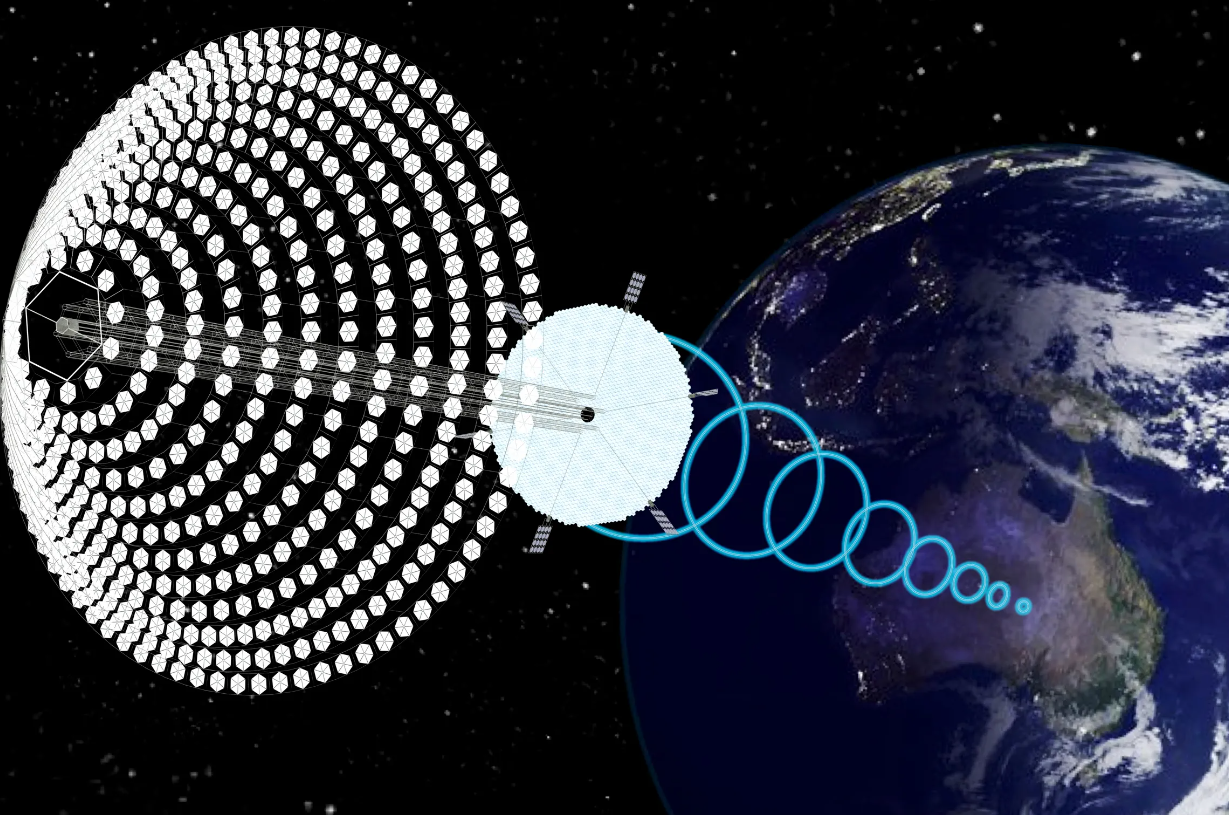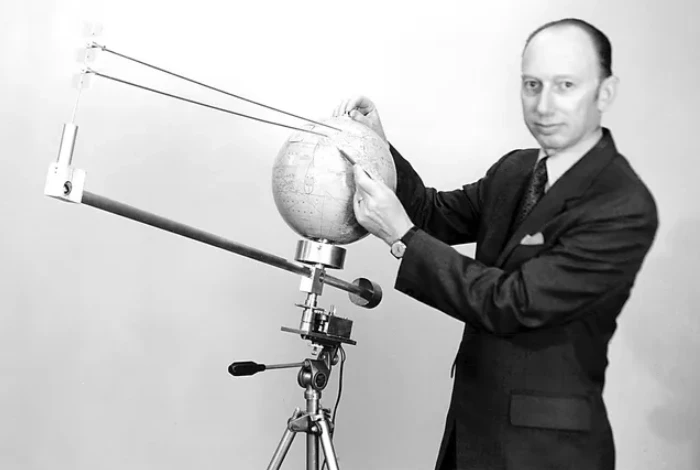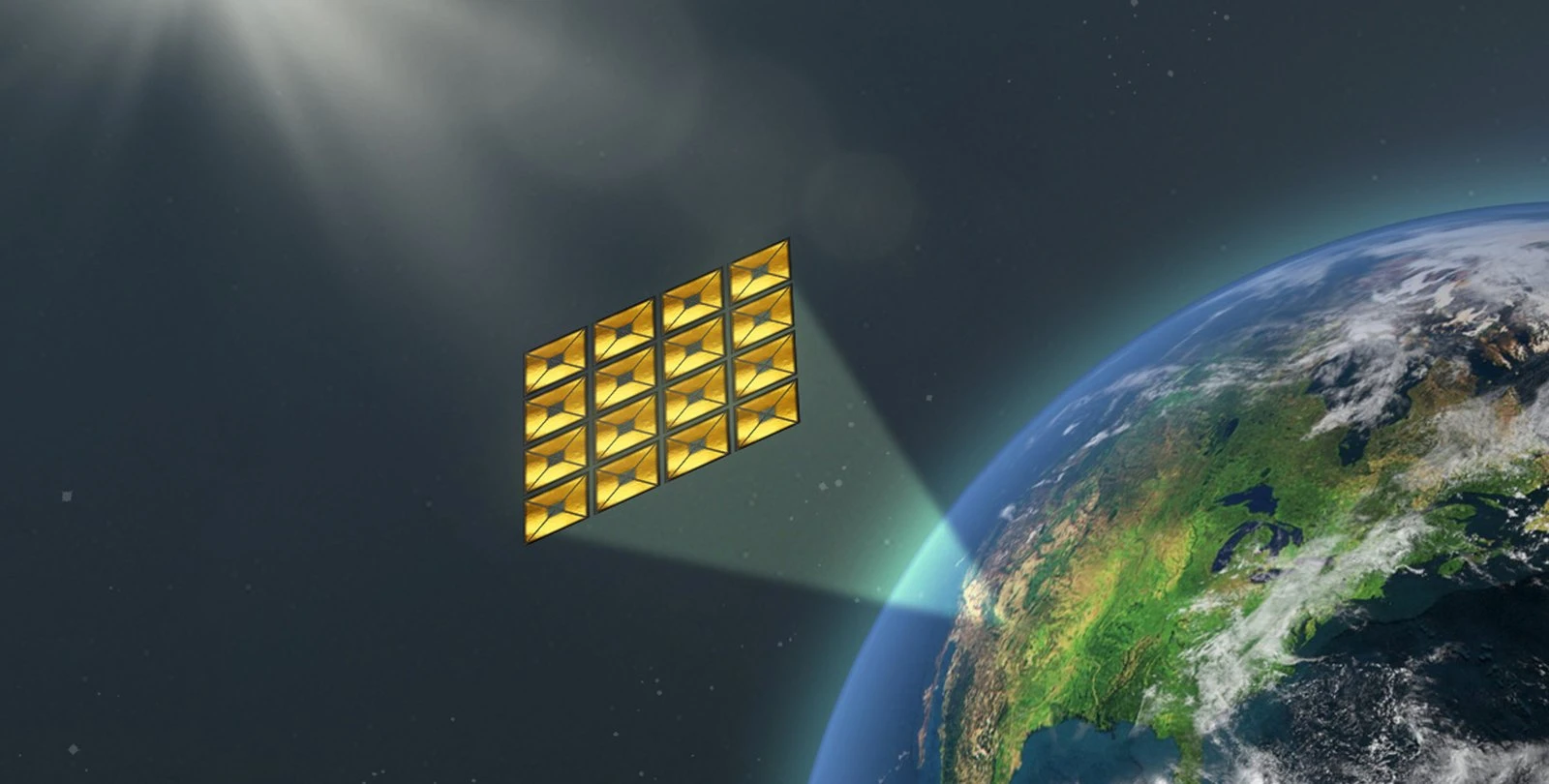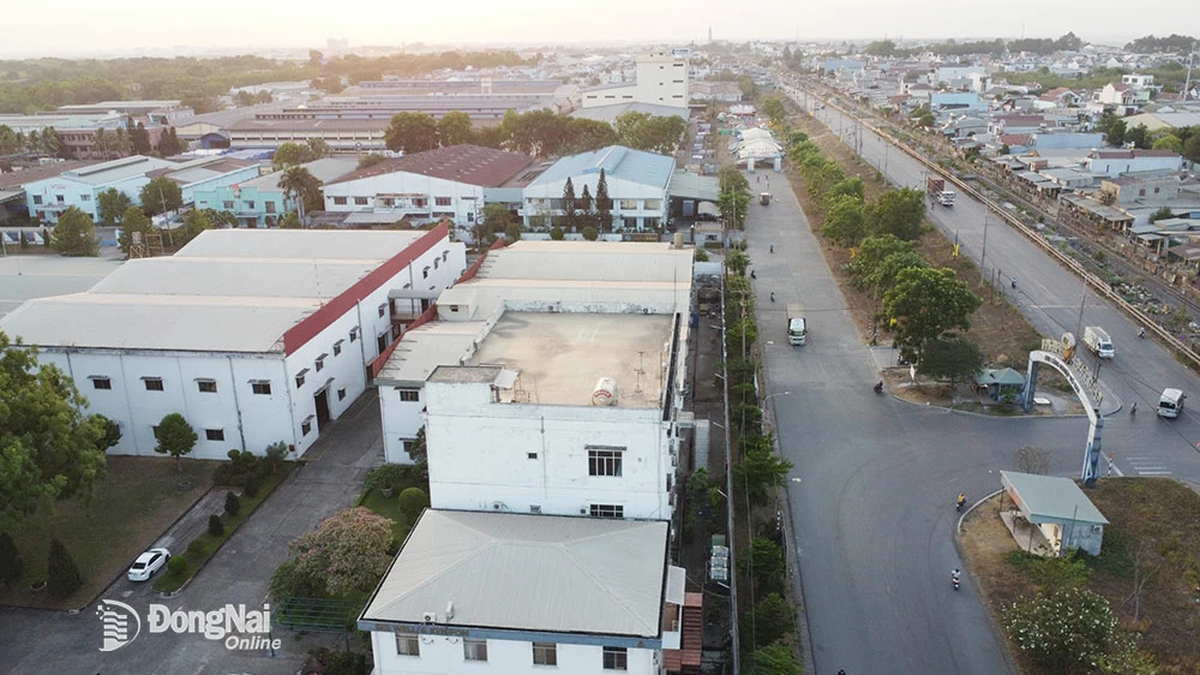
Conceptual simulation of solar power extraction from space
In 1968, before humans set foot on the moon, Dr. Peter Glaser, director of the Apollo 11 mission of the US National Aeronautics and Space Administration (NASA), mentioned an unusual concept to provide the world with endless energy. That is solar power harvested from space.
Bold idea
In a report titled "Energy from the Sun: That is the Future" published in the journal Science on November 22, 1968, Dr. Glaser presented the idea of launching satellites into Earth orbit to exploit uninterrupted solar energy, or SBSP.
This is because there is no atmosphere in space, no clouds. And geostationary orbit has no night. Therefore, this is the ideal place to put "solar power plants" to exploit energy 24 hours a day, 365 days a year.
In 1973, he was granted a US patent for the idea of Solar Power from Satellites, and is considered the father of SBSP. Dr. Glaser believed that only solar power harnessed in space conditions and perhaps energy from nuclear fusion reactions could replace fossil fuels as the main source of human energy.
Nearly 10 years since Dr. Glaser's incredibly bold and ahead-of-its-time idea has entered a major breakthrough phase.
According to Bloomberg News on October 28, researchers at the California Institute of Technology (Caltech, USA) on the roof of the research institute's headquarters in Pasadena (California) witnessed their equipment receiving energy beams transmitted from satellites in orbit.

Dr. Peter Glaser and the model of exploiting solar power from space
Breakthrough
Designed by a Caltech team and launched into orbit by a SpaceX rocket in January, the experimental device successfully transmitted energy back to Earth in May. It is one of three Caltech experiments integrated into a satellite and is currently testing key components of a system for harvesting solar power from space.
It can be said that the dream of the late Dr. Glaser has come closer to reality.
"At first, I thought it was a ridiculous idea," Bloomberg quoted Caltech professor Harry Atwater, head of the American Institute's Space Solar Power project. However, after some reflection, he felt the need to act in the hope that one day he could realize this idea.
Professor Atwater is a new generation of engineers. Faced with the pressures of climate change and armed with technologies that were unavailable under Dr Glaser, who died in 2014, Mr Atwater and his colleagues are betting that the time for solar power from space is now.
Thanks to the development of solar cells and the emergence of carbon fiber materials, space-based power plants are becoming possible, and the presence of private companies like SpaceX has cut the cost of launching them into orbit.
The assembly of the “factory” does not require the hands of professional astronauts in heavy spacesuits. And the “power plant” can automatically expand into the required shape once it is positioned in space.
In 2020, the US Naval Research Laboratory used the Pentagon's top-secret X-37B space plane to launch a solar-to-microwave converter into orbit, part of a future orbital power plant.
The European Space Agency is working on its own solar power program, though it is still far from the orbital testing stage, as are China, Japan and the UK.

Caltech's 'electric carpet' concept simulation
'Solar carpet' version
Back at Caltech, real estate billionaire Donald Bren has invested more than $100 million since 2011 in the effort led by Professor Atwater. Atwater’s team has come up with a new approach. Instead of building a giant, solid structure in space, Caltech’s power plant would be a network of solar panels that span 1 kilometer.
In Caltech's version of the power plant, energy transmitters are placed on each panel and simultaneously transmit energy to a set of receivers that also have the same area on the ground.
This type of "power plant" can provide energy to areas affected by natural disasters or conflict zones that have lost power, such as the situation in the Gaza Strip on October 28 after an unprecedented airstrike from Israel.
Professor Ali Hajimiri, a member of the Caltech research team, describes what they are aiming for: "You could have a structure that is like a carpet, so that the 'carpet' can be spread out and receive solar power from space."
The Caltech team is continuing to test the ability to transmit and receive solar power, but Professor Hajimiri said it will take about a decade before their idea can be put into practice.
Source link




















































![[Maritime News] More than 80% of global container shipping capacity is in the hands of MSC and major shipping alliances](https://vphoto.vietnam.vn/thumb/402x226/vietnam/resource/IMAGE/2025/7/16/6b4d586c984b4cbf8c5680352b9eaeb0)













































Comment (0)